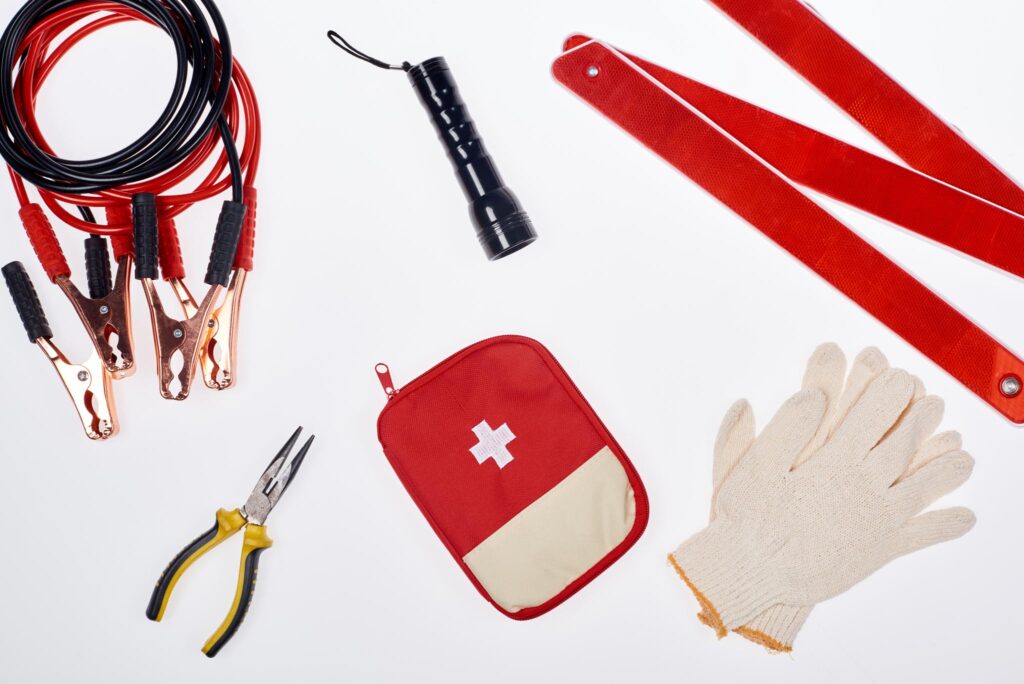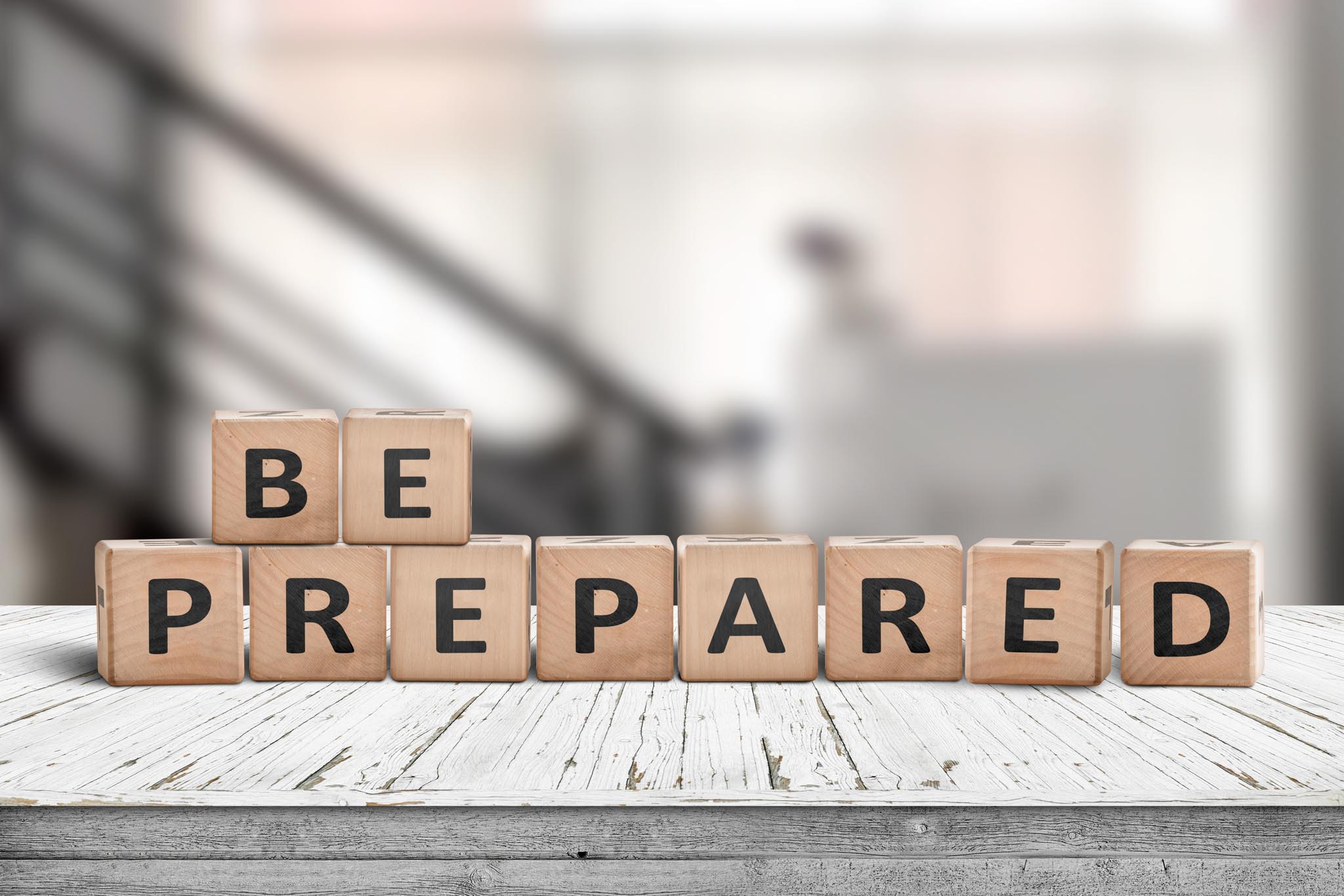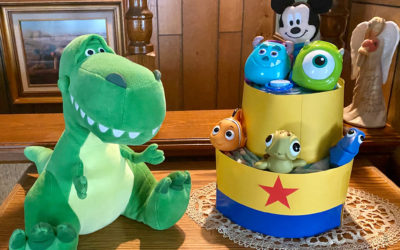Do you have a family emergency plan?
I am not an expert by many means, but these are some tips and tricks I have learned along the way for creating an emergency plan. I am sharing with you but always use your best judgment and stay safe.
***Disclaimer: When you purchase from the links we might earn a small commission at no extra cost to you.
We never know when disaster is going to strike. We have been hearing about lot of natural and man-made disasters happening recently. If you don’t already have a plan in place, this is a great time to come up with a family emergency plan. If you do have one, it is a great time to review it and make sure it is up to date.
Steps for Preparing an Emergency Plan
1. What Type of Emergencies Can Happen In Your Area
Start by making an emergency plan. Yes a fire or snow storm can happen anywhere. But, are you by the coast where you could get hit by a hurricane? Are you in the middle of land mass where a tornado is more likely? Also, think about earthquakes and flooding. During times of snow and flooding, does your city have emergency routes? Many city governments will have this posted if you don’t know. By being aware of the type of emergencies you could encounter, it will help you have the best plan to prepare for each of them.
2. Find Safe Spot in the House
Think about the safest spot in your house. Now, make sure everyone knows what and where the location is. You don’t want to get overwhelmed and have to make a decision under stress in the moment. This is going to differ from home to home and emergency to emergency.
3. Declare a Safe Meeting Spot Should You be Required to Leave
Some natural disasters and man made emergencies will require you to leave your home. It is a good idea to come up with a meeting spot well ahead of time. Decide on a meeting spot and make sure each family member, including children, know the meeting location. You never know when disaster will strike and if people aren’t at home.
At our old home, we lived on a busy street. My kids were little, so we also said if there was a fire to go to the neighbors house and sit on her front porch until either we got there or the firefighters got there. They were too little to cross the street on their own in the busy area. We even practiced this, kind of like in school when you used to sit in the hallways with your hands over your head in case of an earthquake. (Do they even do these anymore?)
4. Keep Emergency Contacts On You
You should keep contact info on you at all times. This should include any and all cell phone numbers for immediate family along with landline phone numbers. This is a good time to try and practice remembering those numbers by memory too. Make sure your kids know your phone number too! It is also a good idea to exchange email addresses. During 9/11, it was impossible to make phone calls but emails would go through. Also, text messages work better than calling when lines are overloaded.
5. Food, Water, and Medical Provisions
Lastly, but just as important, is to have a supply of clean water, food, and medication. You should have enough for a few days per each family member. Also, having information and documents gathered is a good idea too.

How to Keep Important Documents Safe
You hope that nothing will happen, but being prepared for the just in case is a good idea. Most things in a home can be replaced. But, things like photos and important documents are harder or impossible to replace. Also, having certain documents can make it smoother afterwards. Keeping an emergency plan in place is super important.
One idea is to invest in a fire safe. A good fire safe will survive a lot of damage. These come in all sorts of sizes, this is the one we have here. Make sure you and your spouse know where it is and where the keys are. We also have this small envelope style safe if we ever need to travel with documents but this works too if you don’t have many documents.
Another idea is a safe deposit box like at a bank. They are available to rent at many local banks. You could keep copies of important documents, notarized copies, money, jewelry, etc in one.
When you have all these important documents, it is a good idea to have multiple copies. Having physical copies is easier at times for passports, drivers licenses, etc. Also if you have family you trust, you could keep a copy at their home, a safe deposit box, or a fire safe.
Digital Ways to Keep Documents Safe
Although it’s not the only way to store documents, scanning or taking pictures with your phone and storing them is a good idea. You can use places like Amazon Photo which is my favorite way to store photos, (This is included in your Amazon Prime account, best feature that many don’t take advantage of, try it out if you don’t have Prime yet try it free) but you could use this for some documents. Most phones have storage like iCloud and Google Photo too. Since these documents live in the cloud, you can access them anywhere. It also makes it easy to email to insurance.
So, spend a little time this week sorting through your documents and get paperwork in order. You will thank yourself later for taking the little work now to be prepared later. Make it a point to revisit every year to keep it up to date and in order.
What do you need for a basic emergency kit?
Depending on the type and severity of the disaster, your basic kit should be enough to last a few days for each person in your family. Keep drinking water on hand to avoid getting dehydrated. Another option would be something life LifeStraws which is a small water filtration system. A good rule of thumb is one gallon of water per family member for three days.
Second is food. Keep some ready to eat food on hand like granola bars, nuts, dry rice, dry beans, and canned food. FEMA recommends a two week supply. This should be items you typically already eat. Buy extra for your pantry and follow the first in, first out rule. If this seems like a lot or you don’t have the room, try for three to five day supply. Make sure you have accessories or tools packed with these items to eat with or to open them, such as a can opener, knife, etc.
Focus on food that doesn’t go bad quickly and doesn’t need to be heated. If the power is out, you want to consume fresh food first, freezer items second, shelf stable foods last. A closed freezer should stay cold for about three days roughly.
Chances are you’ll be out of power at some point, which brings me to our next item. You need small electronics like a radios and flashlights that are battery or hand crank items. If you are using batteries, make sure to have additional batteries on hand with your kit. If you do have electric, you might have lost your phone cord. So, having an extra in your kit isn’t a bad idea. If and when disaster hits, you will want to try and grab your phone and charger if it is safe to do so. This way, you can get in touch with friends and family as soon as you can.
A few other items that come in handy are a first aid kit with bandages, alcohol wipes, scissors, basic pain meds. If you have anyone with an EpiPen or extra meds that are taken regularly, it is good to have some in your kit if you can. I know it can be hard to have extra meds. I take thyroid meds, I am no longer on one dose, but something a little stronger. However, I put the lower in our kit because it would be better than nothing. A few other items that would be handy are good knife, wrench, pliers, whistle, flares, or flashing lights to alert people or to get out of a situation.
Dealing with Long Power Outages
Well, this one is so easy to talk about because I have been through many in our old home. Sometimes because of snow, and other times it just happened. We just seemed to be on one of those blocks. When we have snow storms coming or bad storms, the first thing I do is make sure to have everyone charge up phones and other electronic devices.
Some things to think about with long power outages are alternative sources of power such as extra batteries, small battery power banks, and consider a generator. Candles, fireplaces, and wood burning stoves are another great source of power that provide light and warmth. Fireplaces and wood burning also make a great way to warm up or cook food. Flashlights and batteries are always a good idea to have on hand. Also, keep a small battery radio, or even hand crank radios.
ALWAYS run a generator outside, make sure you know how to use it and have plenty of fuel.
For a power outage lasting only a few hours, keep your fridge closed and you should be fine. If it is going to be longer, eat the perishable foods in the fridge first and grill or cook what you can. Keeping your freezer closed completely and throwing a large blanket over the freezer will keep it insulated longer. Start thawing, cooking, and consuming food from the freezer once you’re running out of fresh options. Keeping the freezer closed longer and opening it as little as you can will keep the cold air trapped inside.
Grilling outside with your charcoal or gas grill, camping gear, or fire are all ways to cook up your food options. Make sure you cook outside to avoid carbon monoxide poison or causing an indoor fire.
Next thing to thing about is to keep the house warm or cool without power. Close shutters or curtains to trap in hear or cool air. Use the outside weather to your advanced to regulate temps. Make sure you are dressing for the temps as wearing several layers or little as possible.
When our power was out for over five days, our deep freeze kept our foods frozen. It helped that it was in the garage and it was snowing outside. We stayed warm by using numerous blankets and our kids were little so we all snuggled up together at night to stay warm. Hint: if you have a Tempur-Pedic bed and your house is super cold, it becomes a hard as a rock too, still you can get it warmed up. We also used our car to charge phones and to drive around the block.
In the summer, it wasn’t as easy to keep the freezer cold but we did get 3-4 days out of our upright. Both times we lost things in our fridge. You might want to take pictures of what you have to throw away. In some areas, you can deduct this on your taxes, but talk to your tax professional about that to make sure.
Tips for a Snow Storm Emergency
Blizzards can catch you unprepared, make sure you have an emergency plan in place.
- Winterize Your Home and Car
- Depending on the area, have snow chains ready for your car. Put on snow tires, fill up antifreeze, stock your car with a shovel, sand, warm blanket, ice scraper, food, and water. At home, make sure your heat is in working order or that you have a good amount of supply for heating fuel if you have a wood burning stove. And make sure you have enough food and water.
- Pay Attention to Weather Forecasts
- Make sure to watch the weather forecast regularly and to set up storm alerts on your phone.
- Minimize Travel
- When you know a storm is coming avoiding traveling. Traveling or not, it’s always good to make sure your car has a full tank of gas.
- Stocking up on Food, Water, and Heating Fuel
- If you’re in the midwest, people tend to buy milk, bread, and eggs which is great for fresh toast. But otherwise, have some peanut butter and jelly at home to make sandwiches as milk and eggs will go bad in a long power outage. Cereal is a good meal to start with during power outages.
Tornado Emergency Tips
Snow storms and hurricanes give you several days of warning, but tornadoes are harder to predict and strike fairly unexpectedly and very quickly.
- Prepare an Emergency Plan Ahead of Time
- Tornadoes are fast moving and you don’t have a lot of time to prepare and plan. Having a plan ahead of time is your best with determining your safest place in your home. Stay away from windows, doors, and outside walls. Basements are best, otherwise a lower floor with as many interior walls as possible between you and the outside. Inside bathrooms are also a great location if you don’t have a basement. As always, keep an emergency kit in this area with water, food, and flashlights.
- Know the weather conditions where tornadoes are more favorable
- Outside, you will notice a dark sky with green undertones, low clouds, and large hail. You’ll then hear what sounds like an incoming train and see a spinning cloud formation. Take shelter immediately! Avoid bridges and overpasses. If you can’t find a building a low spot, a ditch is your next best spot. Cover yourself with a blanket or jacket and cover your head with your arms. Listen for tornado sirens if a tornado warning is issued.
Tips for a Hurricane Emergency
Living on the coast, you get to see pretty ocean water but it is also prone to hurricanes. Most of the time you know when a hurricane is headed your way so you can prepare ahead of time. But, if you are visiting or new to the area, here are some tips to help you with your own emergency plan. Pay attention to the weather forecast during hurricane season and know what that season is for your area.
- Listening to know when a storm is approaching
- Set up weather alerts on your phone, or watch the news. Pay attention and be prepared just in case.
- Secure Property
- Bring in loose items like patio furniture, grills, and secure items like trampolines. Hurricanes bring strong rain and wind and you don’t want them to end up going through your windows.
- Also, before hurricane season is a good time to look at trees to see if they need to be trimmed or cut down.
- If your area is prone to flooding, having some sandbags to keep water from entering your home is a good idea.
- Be Prepared to Ride it Out
- If you have not been asked to evacuate and you are staying home to ride it out, be prepared to lose power and be stuck at home for days. Have food and water on hand. Battery operated radios are a must. Canned goods, crackers, peanut butter, and bread are good types of food if the power goes out and you can’t cook outside.
- Evacuate – the earlier the better
- Nothing can replace you. So, don’t hesitate. Evacuate if urged. Leaving earlier is better as you don’t want to be stuck in traffic with a huge storm coming in. Know the evacuation routes ahead of time and have alternatives planned as well. Knowing some locations to go like friends and family you could stay with is also a must.
- Keep Emergency Contact Information Handy
- Know your local police and emergency services phone numbers. Have your emergency contacts, insurance company contacts, doctors, and family members. Write them on an index card in case electronic devices power down.
Overall, the biggest thing is have an emergency plan, have some water and food and have your numbers handy. There are a bunch of options for keeping emergency contacts and documents in one location. This is a great option for self printing your own preparedness guide. Don’t want to print it yourself? No problem! Grab it here and get it printed and shipped from Amazon.
Looking for some emergency supplies to keep on hand for creating an emergency plan? Check out this list!





0 Comments